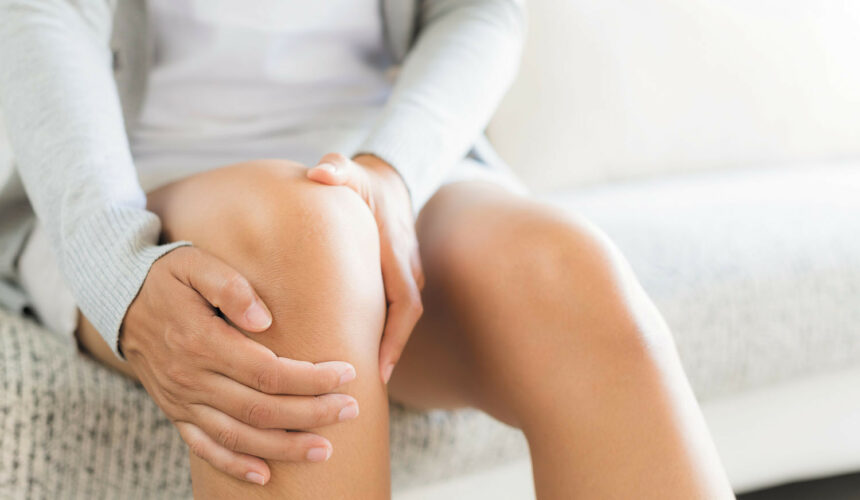A complicated network of ligaments and tendons helps provide a stable foundation of support during movement, from a modest walk to a dancer’s leap. Unfortunately, these delicate tissues are easily damaged. A common injury for athletes and other active people is an ACL tear, or a tear in the anterior cruciate ligament (ACL). Here are the top 5 symptoms of an ACL tear and what to do if you suspect you have a torn ligament.
Top 5 Symptoms of an ACL Tear
1. A Popping Sound When You Are Injured
When you tear your ACL, you may hear a popping sound at the time you are injured. This may be audible to you or to you and other people who are close by. However, if you do not hear a popping sound, this does not mean that a tear did not occur in the course of the injury.
2. Immediate Pain and Swelling
An ACL tear can be extremely painful and pain typically sets in immediately. You may also notice swelling and discoloration, which typically get worse for a period of time before getting better. The knee may also feel warm to the touch and may feel tender, especially when touched.
3. Instability of the Knee
If your ACL has been torn completely or most of the way through, you may notice that your knee is unstable. It may be difficult to stand or walk and you may feel as though your calf isn’t connected to your leg very well or that your knee is giving out. Numbness may also be present with severe tears and you may have reduced sensation below the knee or feel the sensation of pins and needles in your calf, feet, or toes.
4. Deep Aching Pain Over Time
Smaller tears that may not be immediately noticeable can result in a deep aching pain that does not seem to get better over time. Initial pain may subside and may erroneously lead people to believe that no significant injuries occurred. However, aching and persistent instability tend to continue even after the immediate pain has subsided.
5. Difficulty With Range of Motion
You may also have difficulty with your range of motion after an ACL tear. It may be hard to bend your leg or fully straighten it and doing so may cause increased pain or discomfort.
Treating an ACL Tear
Typically, the treatment for an ACL tear is surgical repair. Pain can be alleviated with ibuprofen or other non-steroidal anti-inflammatory drugs. A useful acronym for healing this type of injury both before and after surgery is RICE: rest, ice, compression, and elevation. Keep your leg elevated on a pillow in bed or on the couch and ice it for roughly 20 minutes at a time, leaving at least 20 minutes or more in between. You can wrap your knee in an ACE bandage if the compression feels comfortable. However, this may not relieve much of the pain caused by a severe tear. After surgery, physical therapy is usually prescribed to help patients regain their range of motion and knee stability.
Book Your Appointment At Huntington Orthopedics Today
If you suspect you may have torn your ACL, don’t hesitate to obtain a medical evaluation by a qualified orthopedic physician. Contact Huntington Orthopedics today for your appointment by calling (626) 795-0282.


